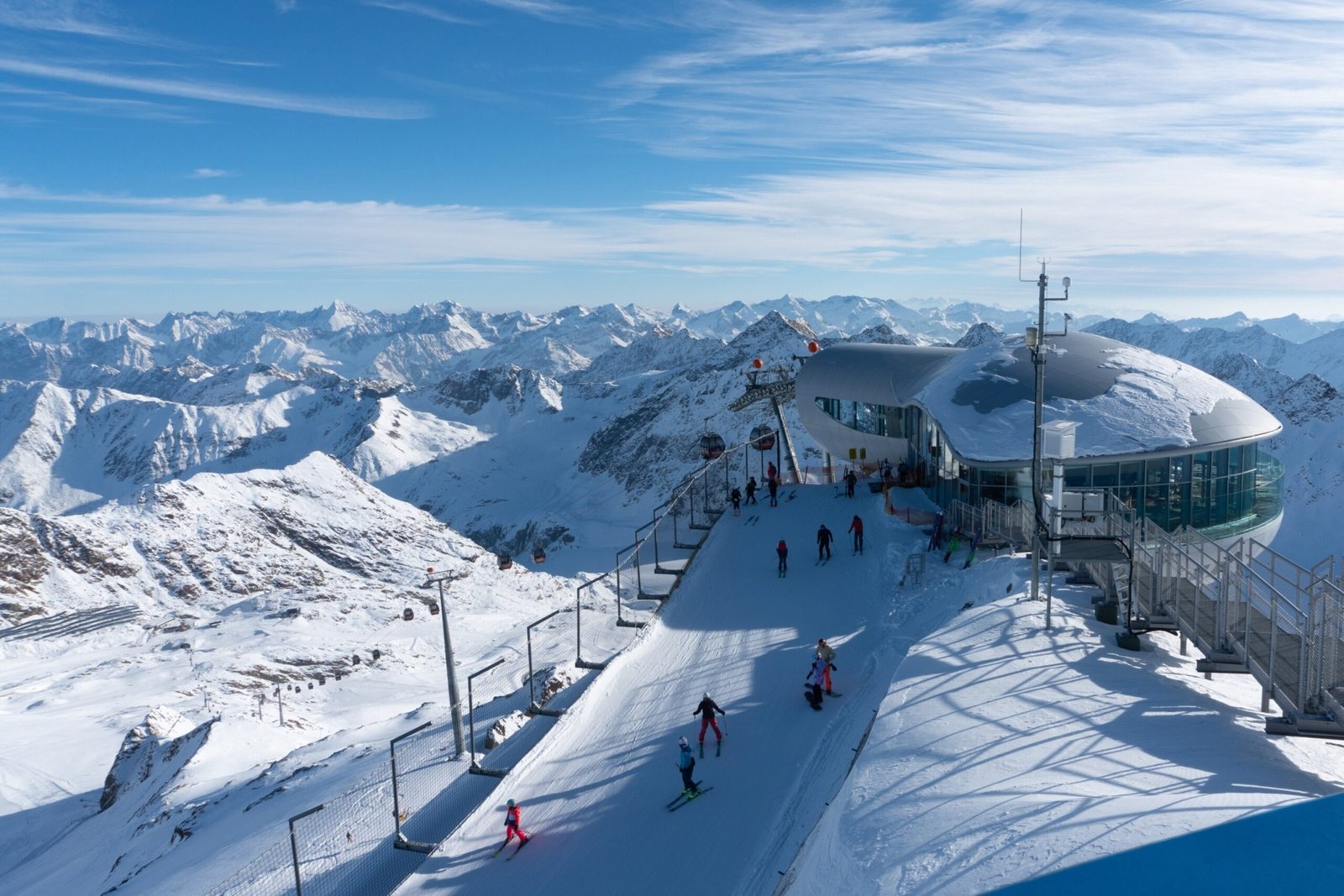Ski resorts, dependent on the pristine allure of snow, find themselves grappling with the escalating scarcity of this essential commodity. The impact of climate change on snow reliability, particularly in lower altitude resorts, has led to a growing reliance on unconventional methods to secure sufficient coverage and attract visitors at the onset of each season.
Enter the practice of snow farming, a method gaining prominence in mitigating the challenges posed by climate change. The resort of Levi in the far north of Finland stands out as a pioneer in this approach. Embracing snow farming, Levi ensures the resort’s early opening in October and the successful hosting of early-season World Cup ski races in November. This innovative technique involves stockpiling snow at the end of one season, storing it under insulated mats, and redistributing it the following winter, akin to rolling out the red carpet for an encore performance.
Marko Mustonen, the commercial director of Levi, emphasizes the critical role of snow in the skiing industry, referring to it as their “gold.” By preserving and utilizing stockpiled snow, Levi bypasses the uncertainties associated with varying winter conditions. The resort can then deploy automatic snow cannon systems to optimize skiing conditions, achieving nearly ten times better efficiency when producing snow in suboptimal temperatures.

Levi’s snow farming operation features nine strategically placed storage areas, totaling 200,000 cubic meters of snow this year. Insulated mats, measuring 70 millimeters in thickness and made of Finnfoam used in construction, cover these snow mounds, providing effective insulation. Kalle Palander, a retired Finnish ski racing champion and sales director for Snow Secure, the company behind the insulation, highlights the success of the current method, with a melting rate under 13%, signaling promising prospects.
While snow farming represents just one facet of Levi’s broader snow production and management strategy, it aligns with the resort’s commitment to reducing carbon emissions, with a goal of becoming net-zero carbon by 2050 or sooner. Levi has incorporated renewable electricity since 2020 and, for the 2023-24 season, transitioned its fleet of snow grooming machines to biofuel, further contributing to environmental sustainability.
The efficacy of machine-made snow has long been recognized in creating top-level ski racing tracks. Mustonen asserts that skiing on farmed snow from the previous year is comparable to skiing on fresh snow, emphasizing its quality and durability. Notably, the storage of large quantities of snow for major events is not a novel concept, as seen in the Sochi Winter Olympics in 2014, where around 800,000 cubic meters of snow were stored to supplement natural and man-made supplies.
Beyond Levi, other global ski destinations are adopting snow farming to address the challenges posed by climate change. In Cervinia, Italy, mounds covered in white matting store snow to create a base for a new World Cup downhill ski run. Austrian resort Kitzbuhel, home to the infamous Hahnenkamm downhill ski race, has been engaged in snow farming since 2015. Davos in Switzerland utilizes snow farming to craft a four-kilometer cross-country ski trail open by the end of October.
In North America, resorts like Banff Sunshine in Canada and Arapahoe Basin in Colorado use fencing to trap wind-blown snow for redistribution within the ski area. While this method utilizes the current year’s supply, it remains a practical measure to enhance coverage. Additionally, Laax in Switzerland employs snow farming to protect its endangered Vorab Glacier, contributing to glacier preservation efforts.
Swiss glaciologists Felix Keller and Johannes Oerlemans explore a more ambitious project called MortAlive, aiming to slow down the melting of the Morteratsch Glacier. The proposal involves covering part of the glacier with machine-made snow, utilizing sprinklers akin to snow cannons. The project, launched in February 2021, is in the fundraising and development stage, with the potential to influence the growth of the glacier in the right conditions.
While these initiatives showcase the resilience and adaptability of ski resorts in the face of climate change, critics argue that they represent temporary solutions. A fundamental and lasting remedy, they contend, lies in halting human-induced climate change. Despite this ongoing debate, the adoption of snow farming and other innovative practices underscores the commitment of ski resorts to navigate the challenges of a changing climate while maintaining the allure of winter sports.
